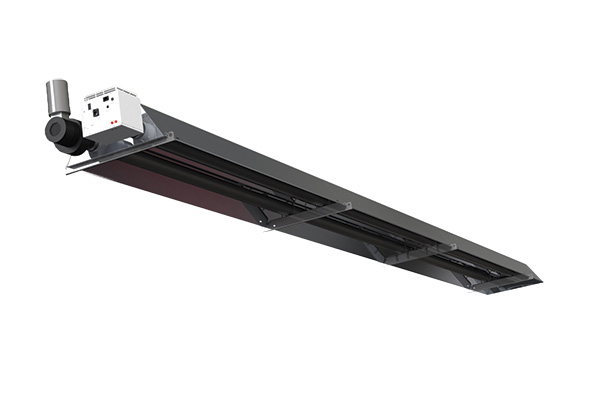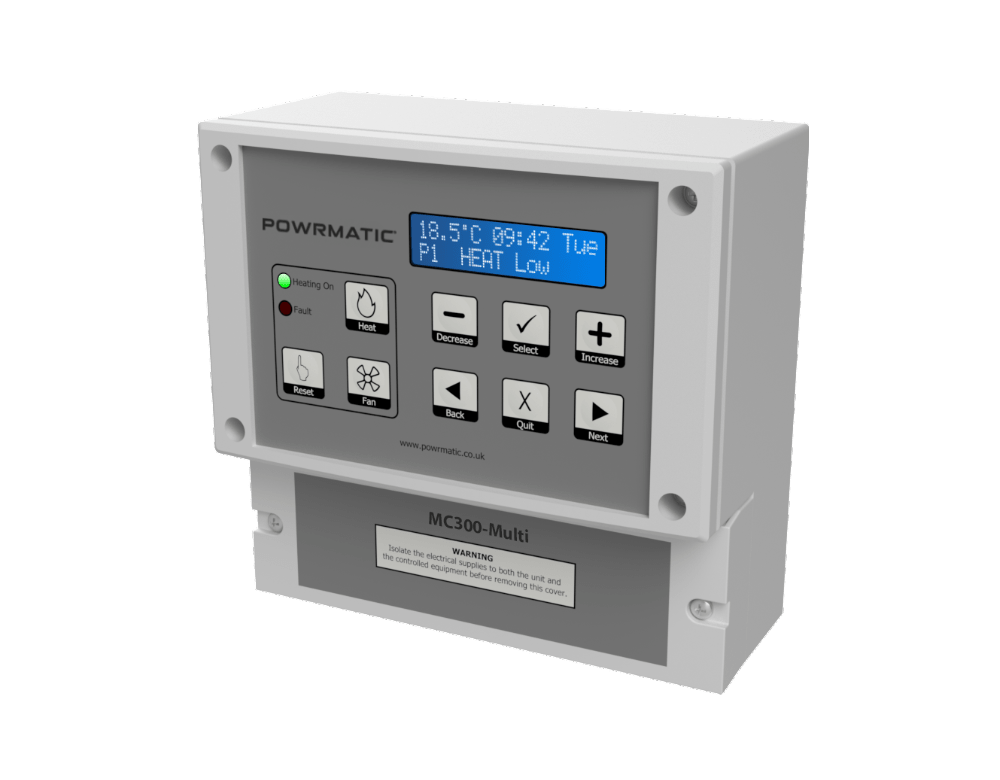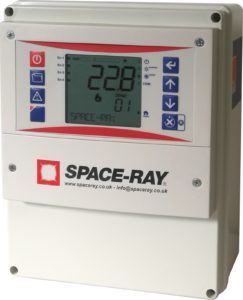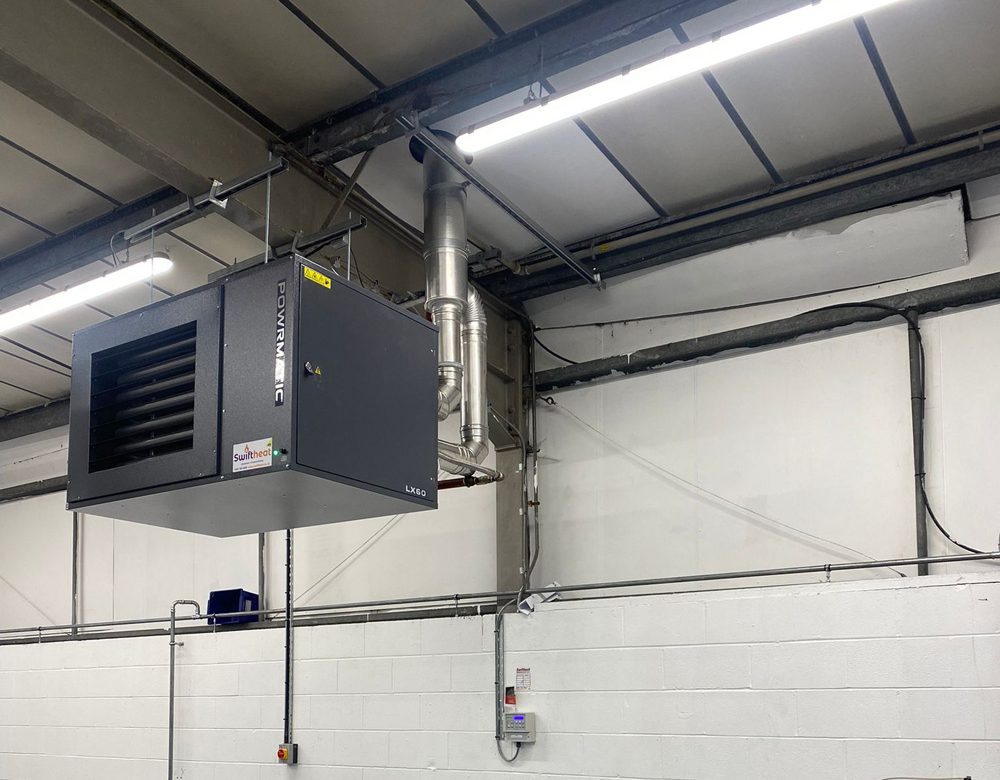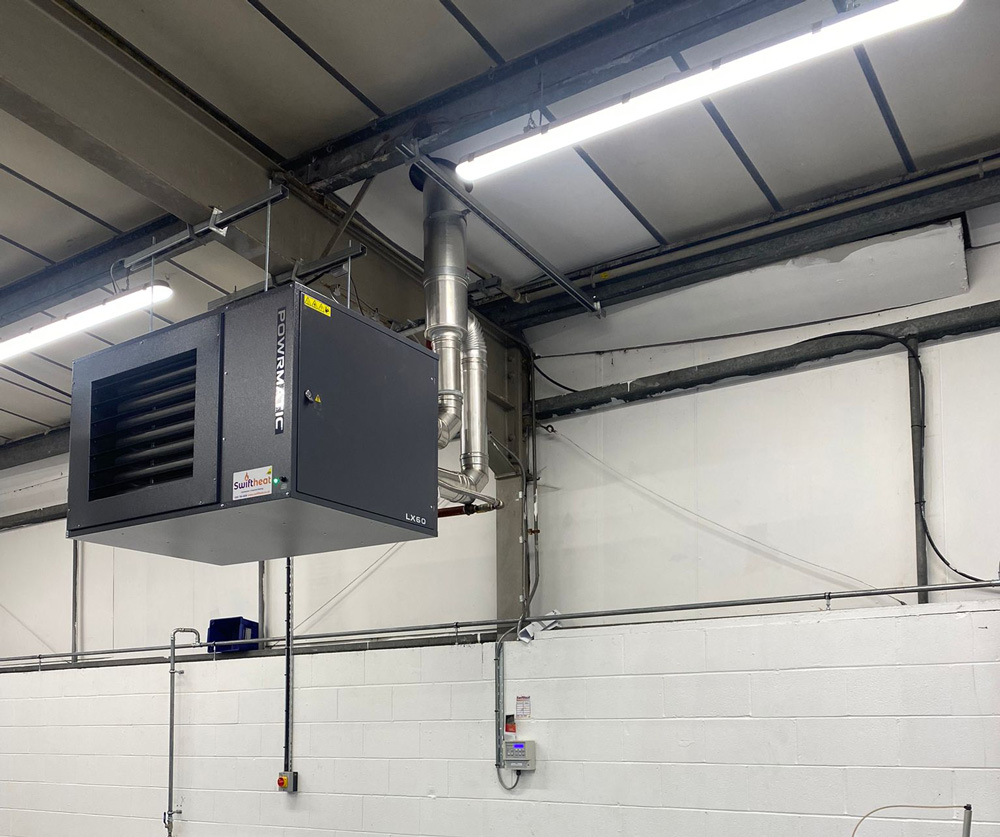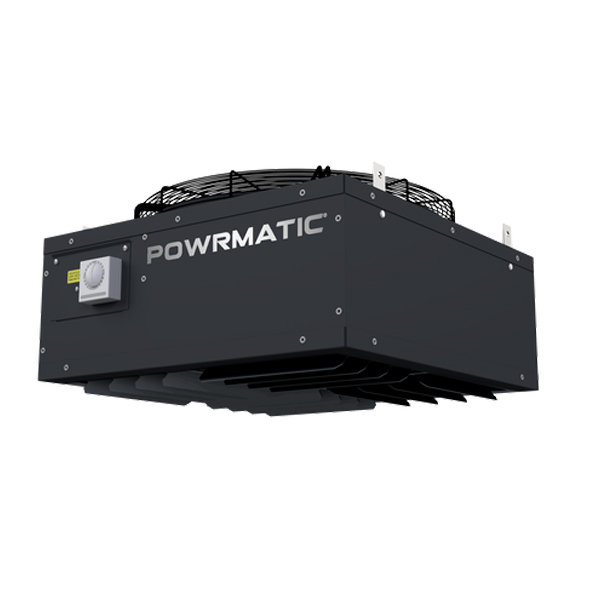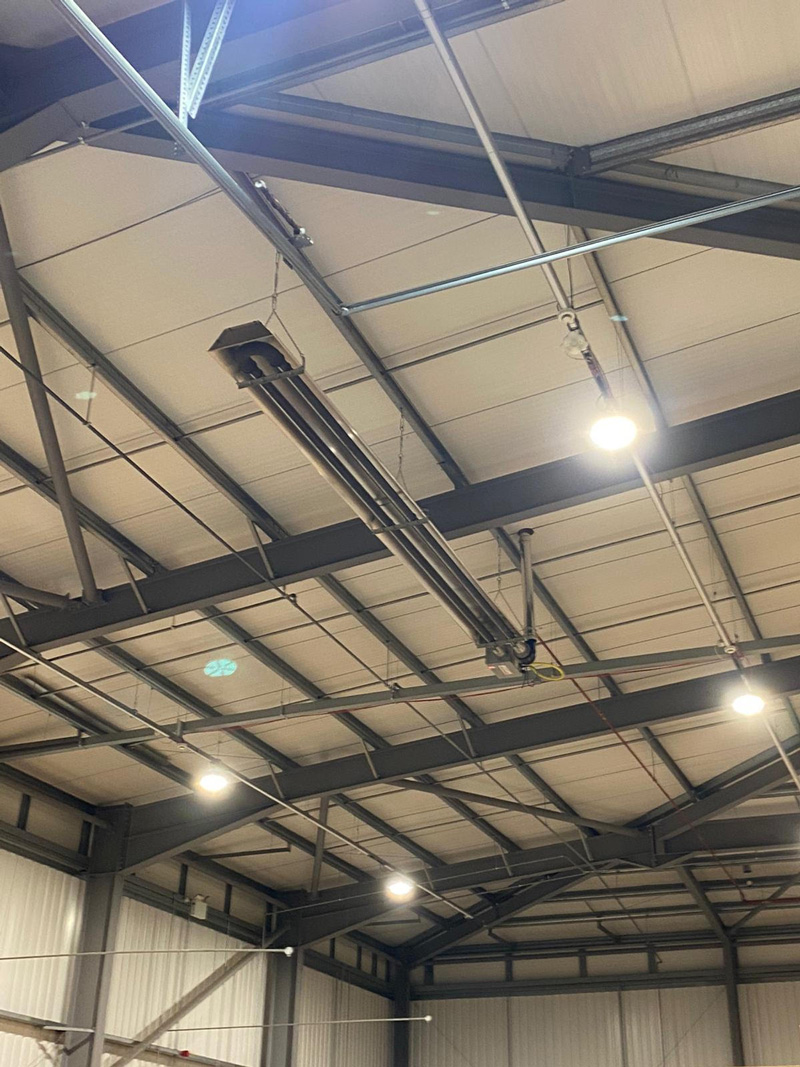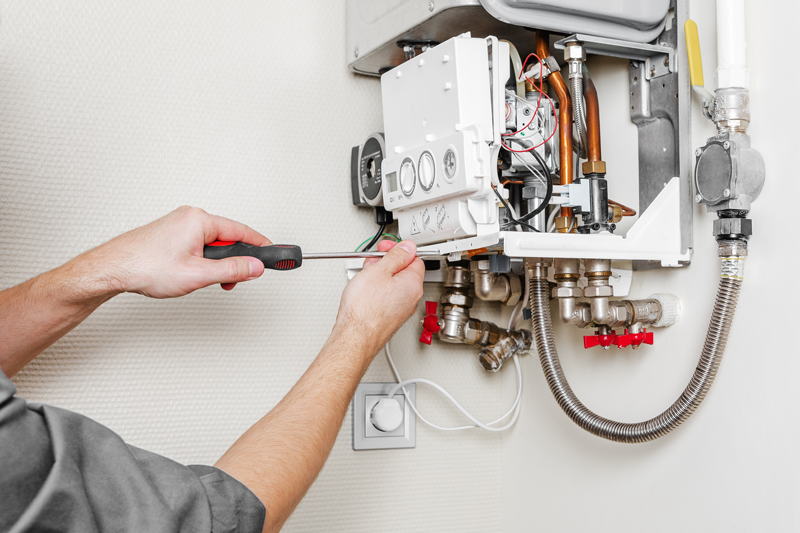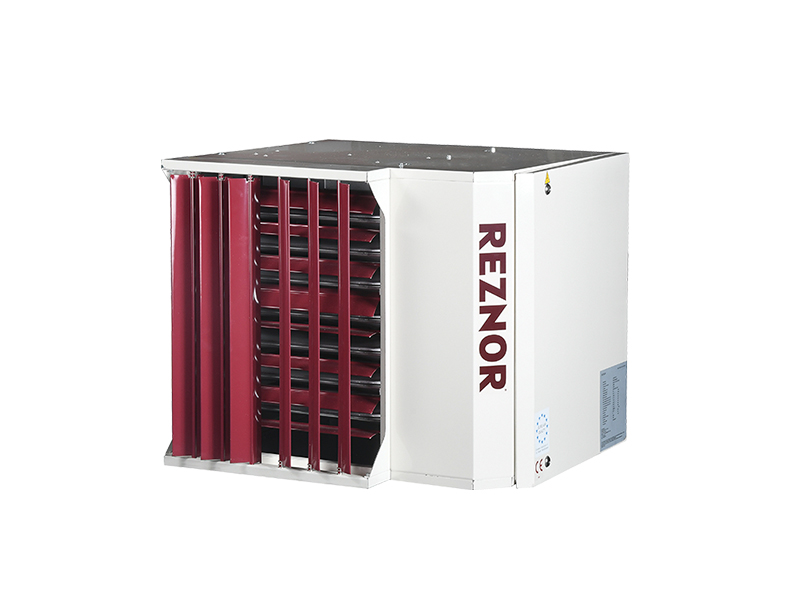Are you wrestling at whether Warm Air Heating is a better option than Radiant Heating for your business? In the red corner, we have Warm Air Heating, known for its powerful blows of hot air that can turn chilly arenas into toasty battlegrounds. And in the blue corner, we have the contender, Radiant Heating, with its precision strikes that bring warmth directly to the mat.
Choosing the right heating system for your industrial or commercial space is crucial for maintaining a comfortable and efficient environment. Among the various heating options available, two popular choices are warm air heating and radiant heating. In this blog post, we will explore the differences between these two heating systems, examining their respective advantages and disadvantages, and helping you make an informed decision for your heating needs.
Warm Air Heating:
Warm air heating, is a conventional method that uses ducts and vents to distribute heated air throughout a space. This system typically involves a heat exchange that warms the air, which is then blown into the rooms through vents. Here are some key points to consider:
Efficiency: Warm air heating systems can be highly efficient, especially when combined with energy-efficient furnaces or heat pumps. They allow for precise temperature control and can be easily zoned to heat specific areas of a building, improving overall energy efficiency.
Quick Heating: Warm air systems can heat up a room relatively quickly, providing immediate comfort during colder months. The heat is evenly distributed throughout the space.
Air Quality: One potential drawback of warm air heating is that it can contribute to drier indoor air. The movement of air can cause moisture to evaporate, leading to lower humidity levels. However, this can be mitigated by using humidifiers or installing a humidification system.

Radiant Heating:
Radiant heating works by emitting heat directly from a warm surface, such as underfloor pipes or wall panels, radiators, or heating elements. The heat radiates evenly throughout the room, offering a more comfortable and consistent temperature.
Consider the following aspects of radiant heating:
Comfort and Energy Efficiency: Radiant heating systems provide a more consistent and comfortable heat compared to forced-air systems. They eliminate drafts and reduce temperature variations, resulting in a cosy and even warm environment. Radiant heat is also less prone to heat loss since it warms objects and people directly rather than the air, leading to energy savings.
Allergy-Friendly: Unlike warm air systems, radiant heating does not rely on air movement, which reduces the circulation of dust, allergens, and other particles. This can be particularly beneficial for individuals with allergies or respiratory sensitivities.
Installation and Maintenance: While radiant heating offers long-term benefits, the initial installation costs can be higher compared to warm air systems. Retrofitting can be more challenging and time-consuming, especially in existing structures. Additionally, maintenance and repairs may require specialised expertise.
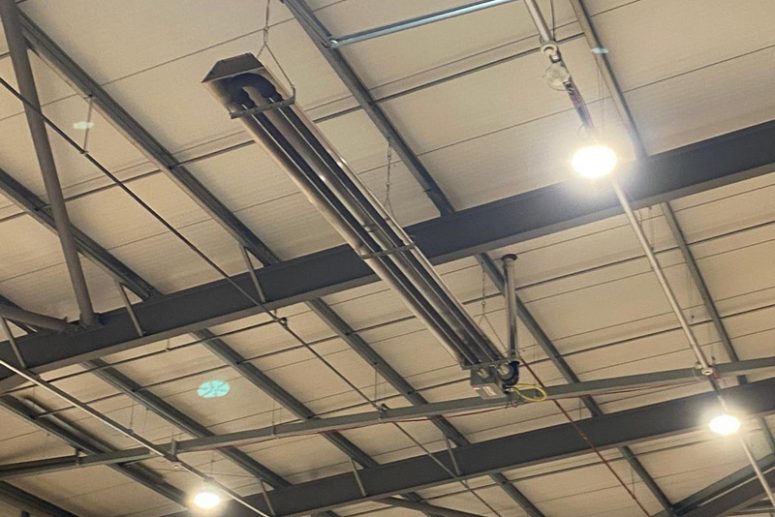
Choosing the Right Heating System:
When deciding between warm air heating and radiant heating, several factors should be considered:
Budget: Evaluate the upfront installation costs, as well as long-term energy consumption, to determine the most cost-effective option for your budget.
Space and Building Design: The layout, size, and design of your home or building can influence the suitability and efficiency of each heating system. Radiant heating is especially beneficial for buildings with well-insulated walls and floors.
Personal Preferences: Consider your preferences for temperature control, indoor air quality, and comfort. Some individuals may prefer the feeling of warmth provided by radiant heating, while others may prioritise quick and adjustable heating offered by warm air systems.
Ultimately, there is not a one size fits all for different heating systems. As we face a challenging time as a country, it has never been more important to have the most efficient method of heating your space. For some friendly advice and a no obligation quote, give us a call today on 0161 764 4539.



